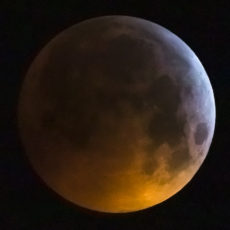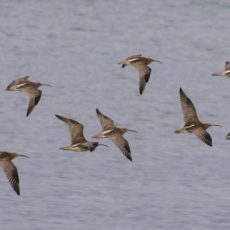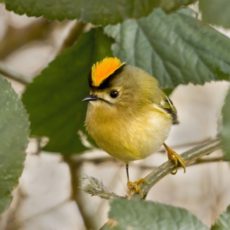Guest post by Andrew Fusek Peters
Only a few minutes away from my house, the Shropshire Hills raise themselves up the sky where they encompass the two fragile and beautiful nature reserves of the Stiperstones and Long Mynd. My three years of work for Natural England and the National Trust have resulted in Upland, which I hope contains all the love I feel for these wild places.
‘UPLAND – Shropshire’s Long Mynd and the Stiperstones’ by Andrew Fusek Peters – published June 2017Though I have lived here all my adult life, the commission to photograph the flora and fauna gave me an excuse to delve deep, building relationships with farming families, locals and conservation groups.
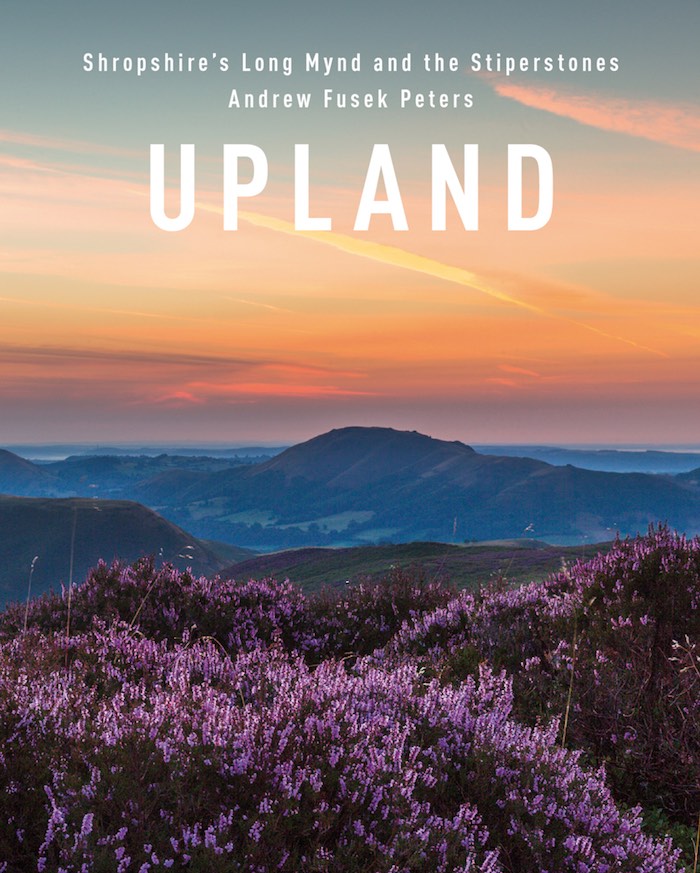
There is wonder to be had, but to find it, I had to understand a different sort of map that also showed seasons, hours, dawn, dusk and beyond. Sifting the layers gave me new eyes which could understand that the light before dawn and after dusk was both outrageous and gorgeous. It pushed me up icy tracks to crest the Mynd in January only to find that Church Stretton, nestled in the shadows, had given birth to a gathering of golden fireflies and that if I took exposure after exposure of the stars above Manstone Rock, the glorious roads of the stars would reveal themselves.
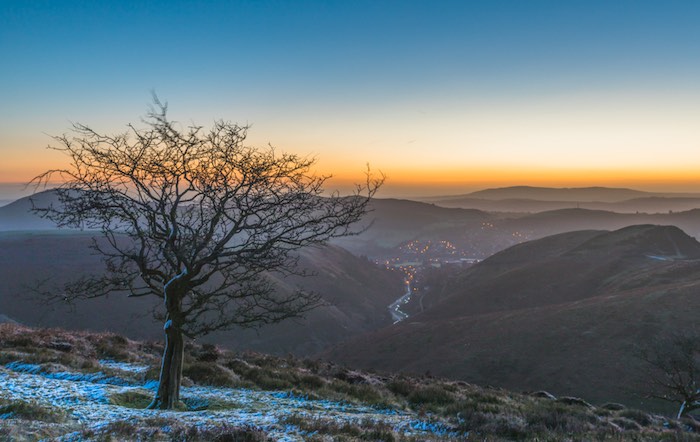
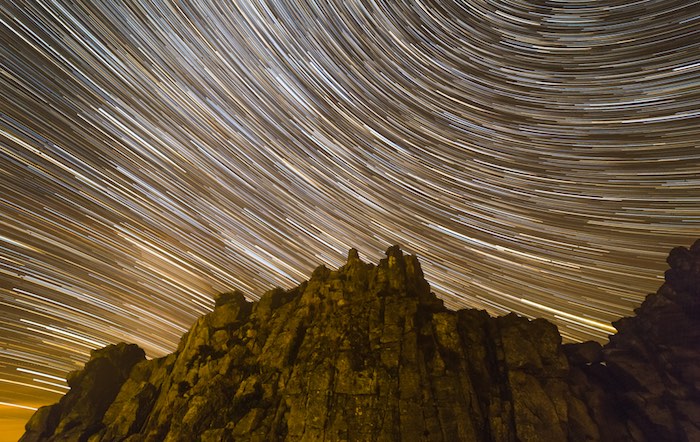
And what was a skylark, except for a song that rose in both scale and height? Strangely, the ranger’s 4×4 was invisible, giving me and my camera a cloak so that the male skylark could stare at me, worm in mouth, crest raised, two creatures from a different world for a single framed millisecond.
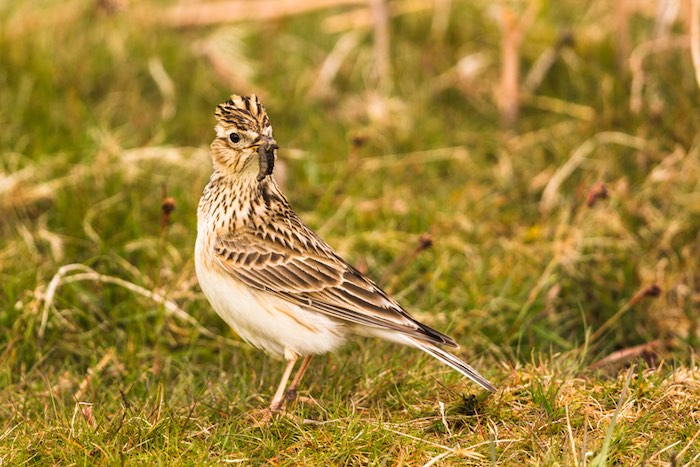
Here is a landscape that bears study and time. One dusk, when the purple heather was laid over the land, the male red grouse came into roost. I walked carefully towards him. He did not fly off, for the time of day had made him less shy. He tolerated me, allowed his circle of comfort to expand and encompass my curiosity.
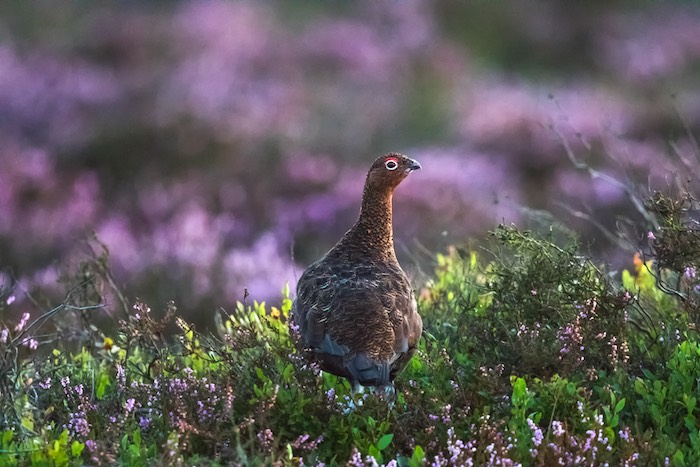
All is not happy in Upland. Ground nesting birds such as Curlew and Lapwing have dwindled to near extinction. Our management of the environment is a shame to blot the days of future children who might never hear the curlew’s call. There are efforts to help, but maybe they are too late. What I do know is that one farming family took me in, let me wander their thousand acres at will, and when the curlew called, I was ready to see that wonderful beak, that grace of wing, as it flew past with a prayer that these long-lived birds might still be part of Shropshire’s treasure chest.
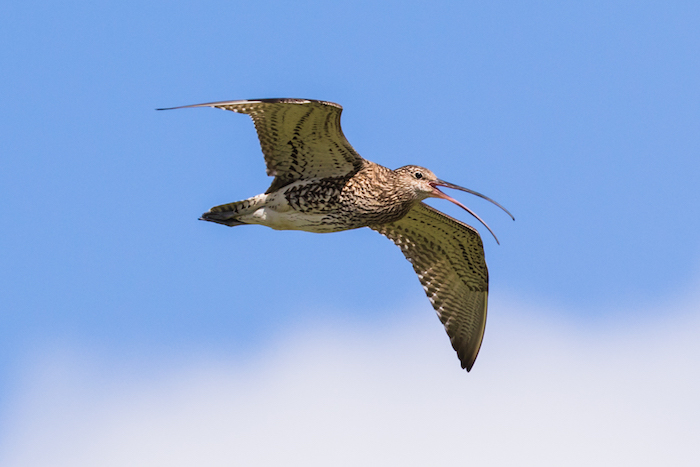
And lastly I come to the moon. My press agency was keen for me to get the supermoon, as if it was a comestible to be bought in a bag from the market. But the Long Mynd that night was both clouded and foggy, with no rising to be had. As I drove down into the valley, for a second I looked up to see the clouds clear and the moon etched against Three Fingers Rock on Caer Caradoc. It made the front of the Times, though the glory was all for my neighborhood, my nearby wild hills, my Upland.
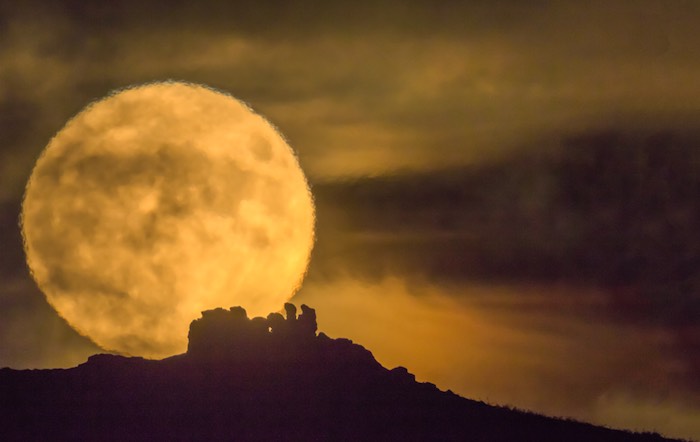
Andrew Fusek Peters

